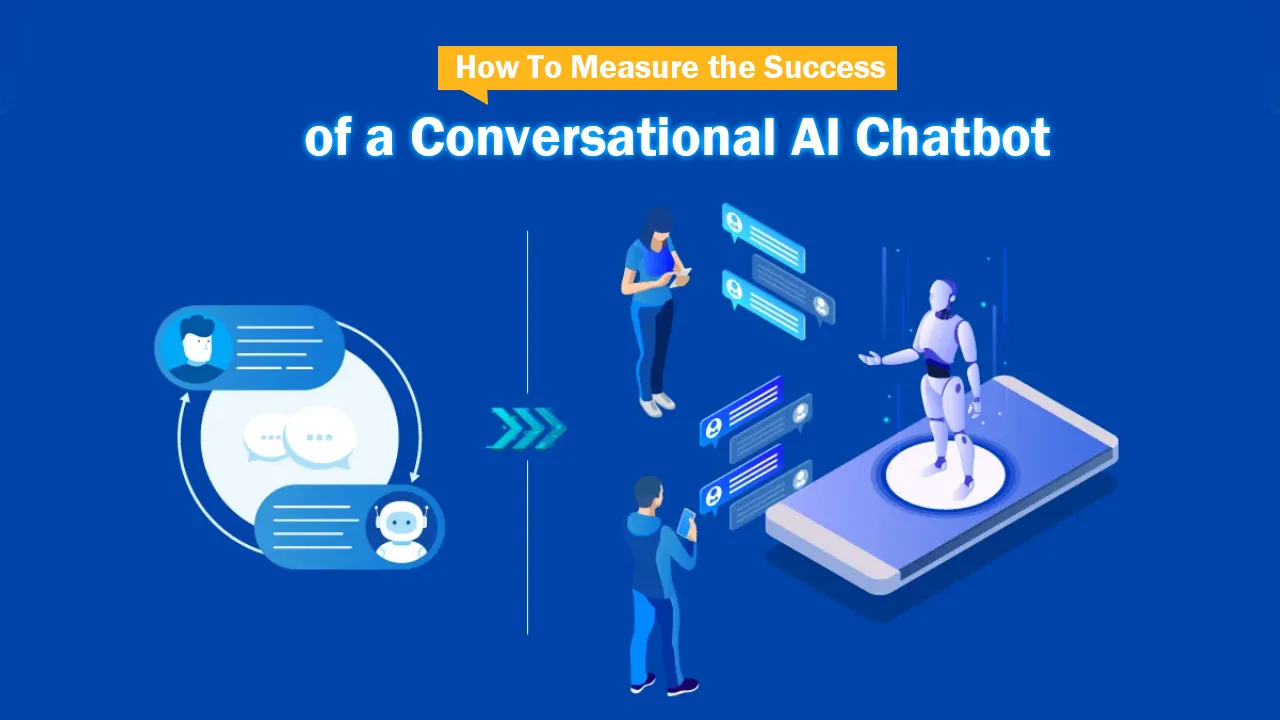We should strive to make data analysis a part of the development process for chatbots to improve features as per the users’ needs, especially in healthcare.
Last year, when one of our healthcare partners (we refer to our clients as partners) were looking to build a conversational AI chatbot, I was apprehensive about guiding them. I had only worked on the level 2 (out of the 5 levels of conversational AI) type of bots. But this time our partner wanted to build a contextual/consultative AI-powered chatbot assistant.
I was concerned about how the bot would understand end-users’ problems. What features can we build to make it more humanistic? Would it be successful in replacing human care and compassion? Would it replicate the same emotions of empathy, compassion, and care?
And even if we managed to do everything, how would we know if the conversational AI chatbot is working the way we designed it? How would we define the ‘success’ of our initiative?
My apprehensions became real when I read a Forbes article about chatbots killing customer service with their clumsy conversations and limited learning capabilities. After reading the below paragraph, I realized the problem—
“The AI didn’t always get it, which was frustrating. Even more irritating—the company using the chatbot seemed to shrug the problem off. I detailed my own experience using Skyscanner’s chatbot, which often misunderstood my requests. Some of the companies I mentioned in the column appeared to shrug off my concerns.”
The problem is with organizations/management who choose to look away and see the importance of data analytics in chatbots for healthcare. They think that understanding the users’ behavior, what disappoints them, what makes them happy, is beyond the scope of their work. Because of this mindset, chatbots are still a lost cause.
Is there a solution in sight?
Yes, indeed there is. We’re at a very interesting place where we hold the future of chatbots in our hands. To make chatbots more welcoming and user-friendly, we not only need to make its software side—engineering, UX design, security—more robust. Rather, we should strive to make data analysis a part of the development process—i.e. we must constantly monitor chatbot’s effectiveness and improve features as per users’ needs.
#chatbots #ai in healthcare #conversational ai chatbot #chatbot analytics #chatbot analysis #how to measure the success of a conversational ai chatbot
